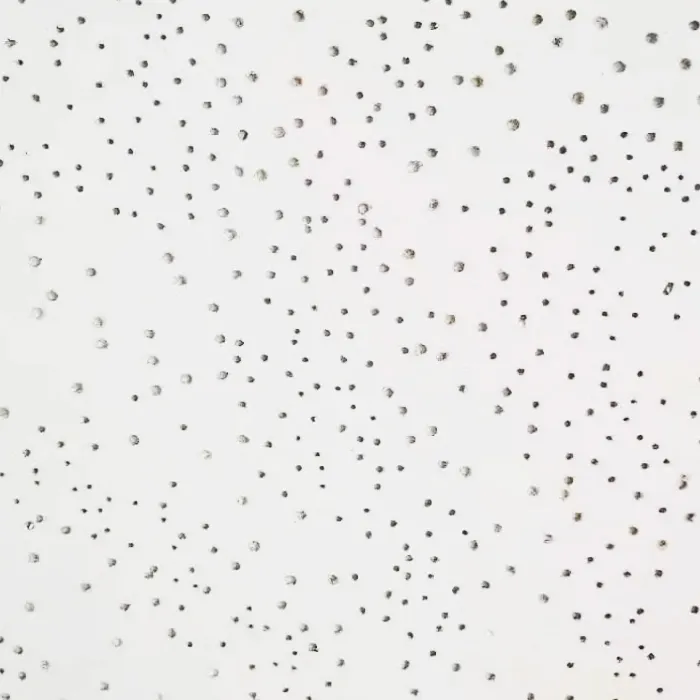- Afrikaans
- Albanian
- Amharic
- Arabic
- Armenian
- Azerbaijani
- Basque
- Belarusian
- Bengali
- Bosnian
- Bulgarian
- Catalan
- Cebuano
- Corsican
- Croatian
- Czech
- Danish
- Dutch
- English
- Esperanto
- Estonian
- French
- German
- Greek
- Hindi
- Indonesian
- irish
- Italian
- Japanese
- Korean
- Lao
- Malay
- Myanmar
- Norwegian
- Norwegian
- Polish
- Portuguese
- Romanian
- Russian
- Serbian
- Spanish
- Swedish
- Thai
- Turkish
- Ukrainian
- Uzbek
- Vietnamese
Ott . 18, 2024 00:28 Back to list
Ceiling Design Options Using Gypsum Board and Grid Systems for Modern Spaces
Understanding Gypsum Board Grid Ceilings An Overview
Gypsum board grid ceilings, often referred to as suspended or drop ceilings, have become a popular choice in various construction and renovation projects. Comprising lightweight gypsum boards suspended from a framework of metal grids, these ceilings offer a multitude of benefits, making them suitable for both residential and commercial spaces. This article explores the characteristics, advantages, installation process, and considerations for gypsum board grid ceilings.
Characteristics of Gypsum Board Grid Ceilings
Gypsum board is made from a mineral known as gypsum, which is sandwiched between thick sheets of paper. The board is fire-resistant, sound-absorbing, and easy to work with, making it an ideal choice for ceilings. When installed in a grid system, the boards create a clean, aesthetic finish while accommodating various lighting and HVAC systems.
The grid framework itself typically consists of metal channels and cross tees. This structure provides robust support for the gypsum boards and allows for easy access to the space above the ceiling, which is crucial for maintenance and repairs. The versatility of this system enables the installation of various ceiling designs, including curved and layered styles.
Advantages of Gypsum Board Grid Ceilings
One of the primary advantages of gypsum board grid ceilings is their ability to conceal wires, ducts, and pipes, creating a polished and uncluttered look. This is particularly beneficial in commercial environments where aesthetics are paramount. Additionally, the sound absorption properties of gypsum board help to minimize noise transmission between rooms, enhancing privacy and comfort.
Fire safety is another critical advantage; gypsum has inherent fire-resistant qualities, making it an excellent choice for commercial buildings that must adhere to strict safety codes. Furthermore, the suspended nature of the ceiling allows for better insulation, helping to maintain energy efficiency within a building.
Another benefit is the ease of installation and repair. The lightweight nature of the gypsum boards allows for quick and efficient installation. If a tile becomes damaged, it can be easily removed and replaced without disturbing the surrounding structure.
gypsum board grid ceiling

Installation Process
Installing a gypsum board grid ceiling involves several steps
1. Planning This includes measuring the room dimensions and determining the placement of the grid and gypsum boards. 2. Framework Installation The metal grid system is installed first, either by attaching it to the existing ceiling or by suspending it using wires from the overhead structure.
3. Board Installation Once the grid is in place, the gypsum boards are cut to fit and inserted into the grid.
4. Finishing Touches After installation, the seams between the boards can be finished with joint compound and tape to create a smooth, seamless look. Painting may follow to achieve the desired aesthetic.
Considerations
While gypsum board grid ceilings offer numerous benefits, potential users should consider a few factors. The interior conditions, such as humidity levels, can affect the lifespan of gypsum boards; thus, selecting moisture-resistant options for areas prone to dampness is advisable. Additionally, while gypsum board ceilings can support various fixtures, they have weight limits that should not be exceeded.
In conclusion, gypsum board grid ceilings present a practical and stylish solution for enhancing interior spaces. Their mix of aesthetic appeal, functionality, and fire safety makes them suitable for diverse applications. With proper planning and installation, these ceilings can provide enduring benefits to both homeowners and business owners alike.
-
Transform Interiors with PVC Gypsum Ceiling: A Stylish, Durable, and Moisture-Resistant SolutionNewsMay.19,2025
-
The Smart Interior Upgrade: Discover the Durability and Versatility of Gypsum Ceiling Access Panel SolutionsNewsMay.19,2025
-
The Smart Choice for Interior Design: Discover the Value of PVC Gypsum Ceiling SolutionsNewsMay.19,2025
-
Mineral Fiber Ceiling Tiles: The Smart Blend of Performance and AestheticsNewsMay.19,2025
-
Mineral Fiber Ceiling Tiles: The Superior Choice Over Gypsum for Sound and Fire SafetyNewsMay.19,2025
-
Mineral Fiber Ceiling Tiles: Eco-Friendly Strength and Style for Every CeilingNewsMay.19,2025







